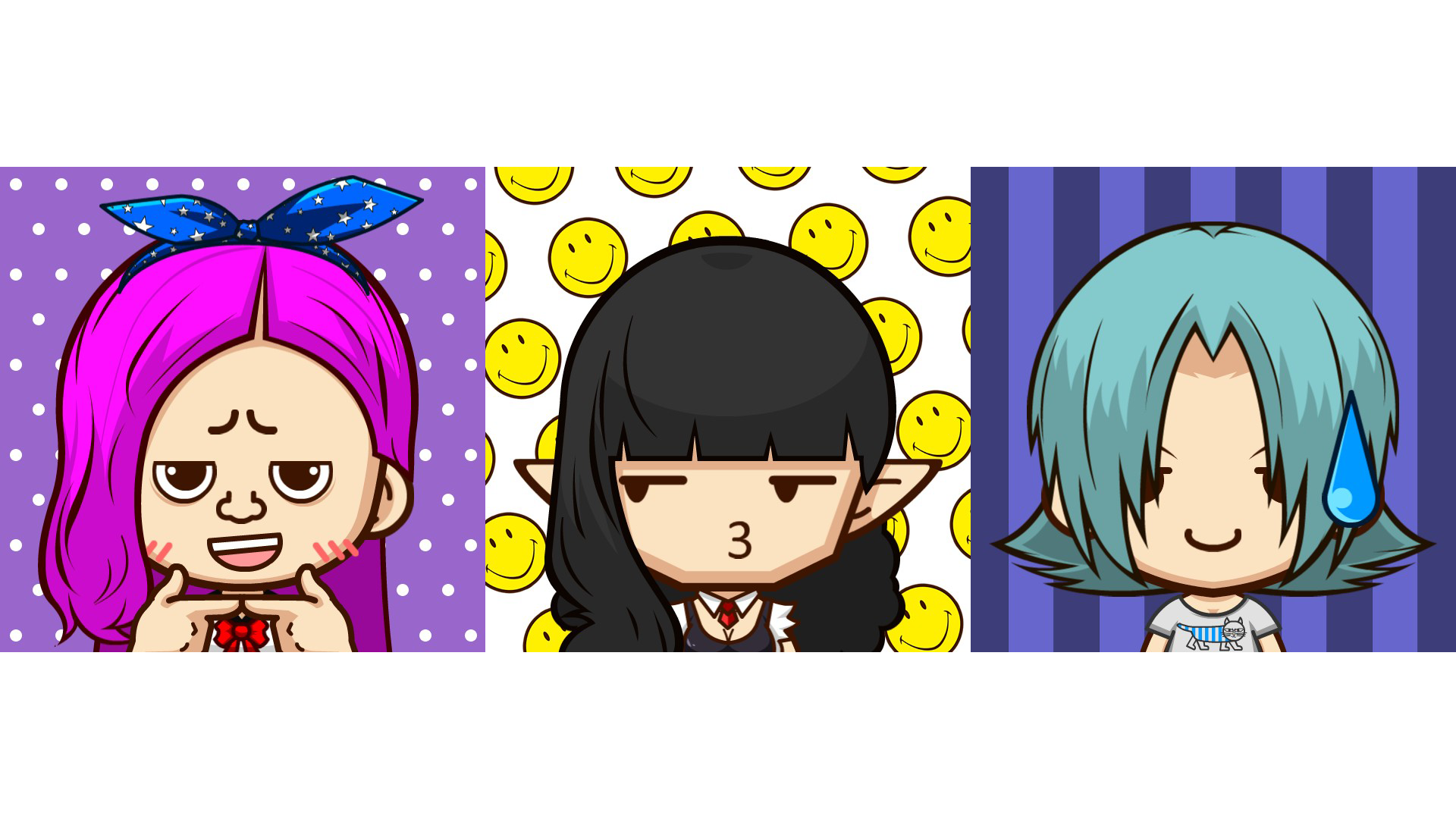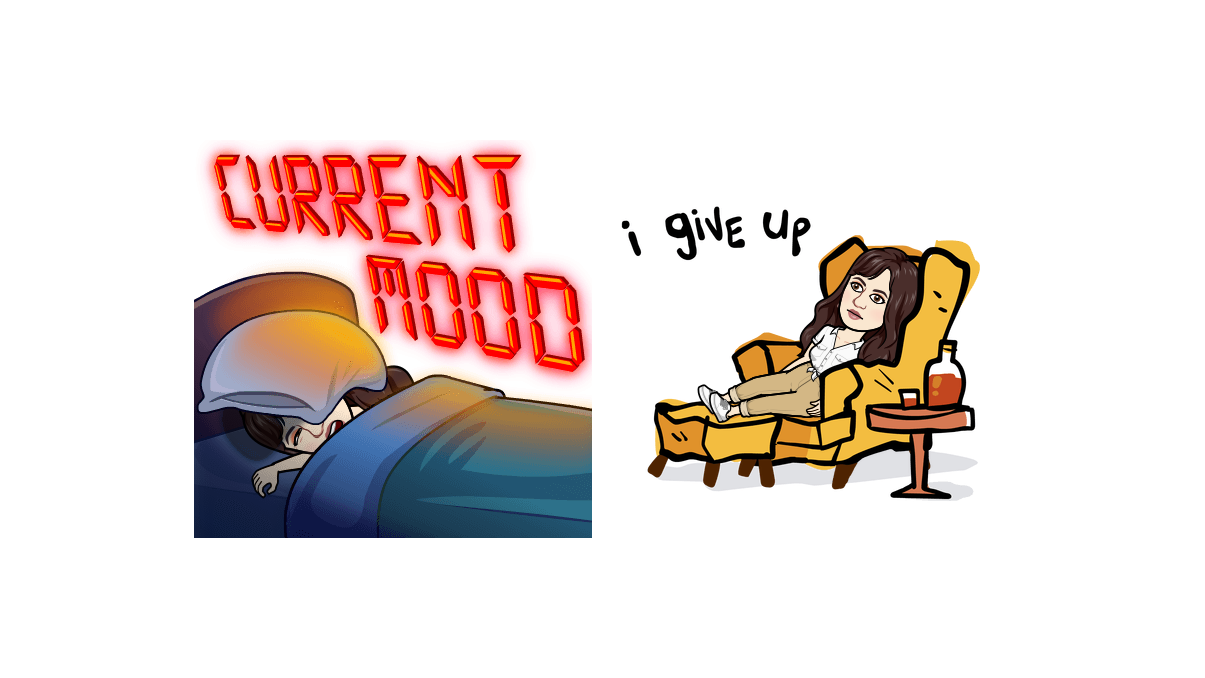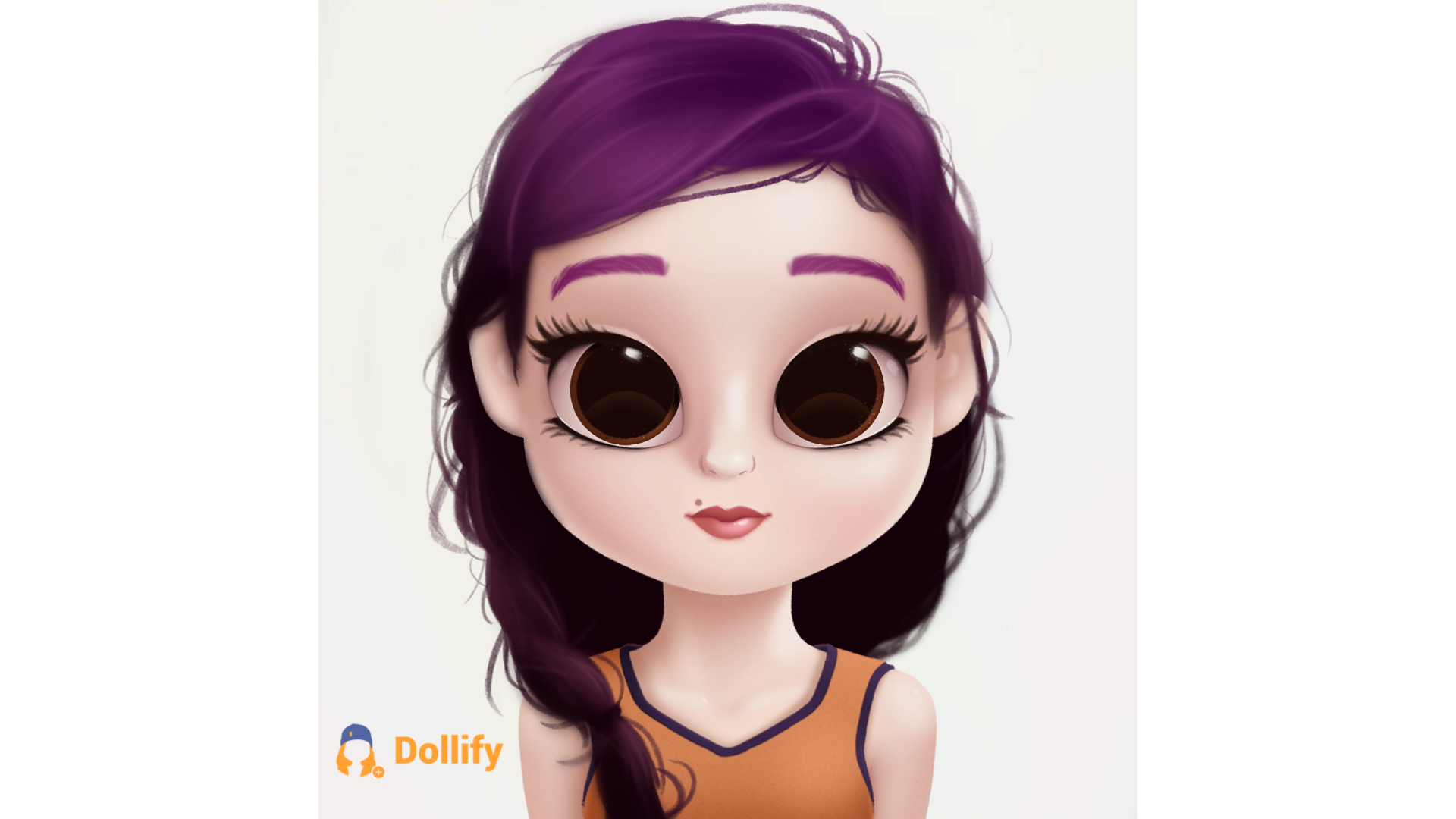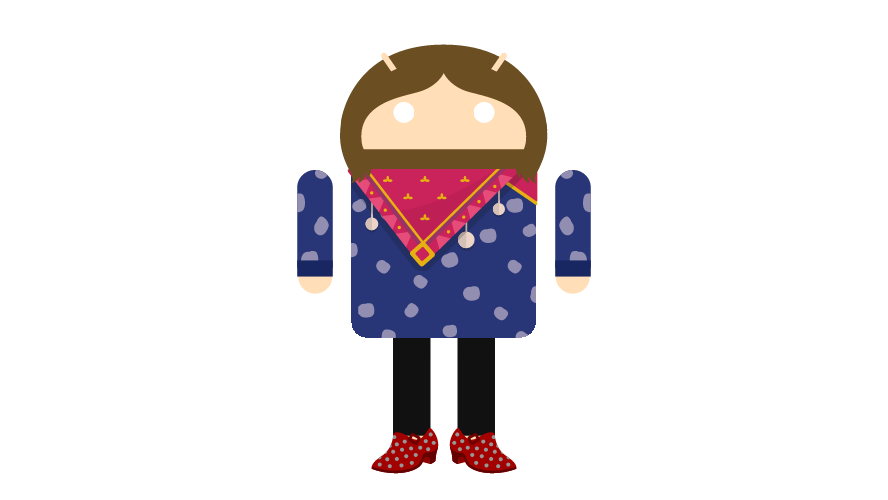I’m not averse to the avatar. I’ve been a fan of virtually identifying myself as a PNG since the dawning of the “cartoon dolls” from the online avatar hangout app called The Palace. Those were the days of anonymously floating around the internet.
Anyway, times have changed, and avatars have become much more sophisticated. You can now send a video of your animated avatar and carry out full-blown conversations without ever showing anyone your meat suit. You can even send off stickers to your loved ones of your caricature engaging in everyday activities — why bother with a selfie? Avatars still have a place in this world, and there are many ways to design one using a smartphone. Here is a list of some of the better-rated avatar makers currently available, from the ones built into your phone’s operating system to ad-supported apps that almost seem worth the monthly subscription price (almost).
9. Mirror: When you want to get really specific with your avatars

Looking for a mirror for your cartoon self? Mirror is all about using artificial intelligence to turn yourself into an avatar that you can use on social media and in your favourite chat apps. Unfortunately, this app will also hound you to pay for assets the minute you download it.
The upside to enduring this app is that there’s a bit more customisation regarding the sticker packs, including the ability to add text alongside an avatar in a scene.
8. Avatoon: They really want you to pay for it

This one is a good alternative for Bitmoji if you’re not into the Snapchat-connectedness of it all and are looking for more options than the alternative. But beware that you might get put off by the opening prompt to pay $US40 ($56)/year for unlimited access. You can tap to deny the ask by tapping, but you’ll be forced to endure ads once you start the avatar customisation process.
Unfortunately, much of the cute stuff is behind a paywall, but you can constantly watch annoying advertising for crappy apps to grind out “coins” instead. But even when you have enough coins to buy something, you will be pummelled with ads if you’re not paying for a pro account. You’ll also have to fork over cash to remove the watermark.
7. SuperMe: The avatar maker for anime fans

SuperMe is a popular global cartoon avatar maker, but I only first heard about it while researching for this slideshow. The point of the app is to help you find your anime identity and share it with the rest of the world. There’s even a social network element integrated into the SuperMe app (which used to be called SuperMii — copyright infringement, anyone?), where you can share your different creations.
Once you make an avatar, the app turns, asking if you want to … pet them? Yes, it seems this avatar maker turns into a virtual pet of sorts. Your newly concocted graphic then morphs, on screen, into an animated image bouncing around what appears to be an open field. You can then tap the avatar to collect coins and snacks to feed them. I’m now hooked and am trying hard not to spend actual money on coins.
If you don’t want to spend any cash, the app is covered in ads that pop up in every way possible, asking you to stick with it for the promise of coins that can unlock more options in the app. At the very least, you can export the anime avatar you make for use in other apps, without a watermark.
6. Bitmoji: Everyone has to start somewhere

I have a soft spot in my heart for Bitmoji. Part of it is that these are the mobile avatars I started with since Bitmoji comes bundled into Snapchat. I still use Snapchat! This is why I still use Bitmoji.
Maybe you forgot to send over wishes for a birthday, and you’d rather approach the person in a way that feels a little more thought out than sending some plain text. Setting up Bitmoji is an easy way to have a backup plan when those situations arise. Bitmoji also lets you sync up with your friends so that avatars can be featured together. And if you get into what your Bitmoji looks like, you can order merchandise with your virtual face splattered all over things like wrapping paper and hoodies. If you’re on Android, there’s also built-in Bitmoji integration within Gboard.
5. Facebook Avatars: Because the Metaverse is coming, whether you like it or not

Admittedly, I have not used these. I left Facebook years ago and only returned because it’s required to have an active account to make friends in my small town. But its parent company, Meta, did indeed introduce 3D avatars, which you can — naturally — use in the metaverse. However, judging by the first batch of comments on the Facebook post announcing the avatars, people aren’t too happy about the new look. “Horrible is the way I would describe the new Avatars,” writes one commenter. “I’ve just deleted mine in case I use it by mistake.”
You don’t have to have the Facebook app to create an avatar. The option is available as a sticker in the Instagram app, and you can create your avatar for use there, too.
4. Dollify: Because Pixar’s characters weren’t lifelike enough

I’m not sure I can get behind Dollify, an avatar-creation app that turns your face, literally, doll-like. But if you’re bored and hanging out with a friend, the app lets you make a twofer right from the getgo.
Dollify seems wholly about making cartoon doll avatars. It’s super easy to use and even lets you play with ombre-coloured hairstyles. The only bummer is that you can’t grab a photo and have the app automatically conjure up a doll for you. If you want extra accessories, including the ability to add a pet, you can pay for additional asset packs.
3. Samsung’s AR Emoji: An overwhelming number of customisation options

Samsung introduced AR Emoji back in 2018 to showcase the Galaxy S9/9+’s ability to handle 3D rendering. (Let’s be honest: it was also in response to Apple’s Animoji.)
You can access the AR Emoji studio from your Samsung smartphone’s camera app, though additional downloads and asset packs are available through Samsung’s Galaxy Store. The app can make you an avatar based on a photo you feed it, or you can snap a real-time picture. Once you’ve figured out what you look like, Samsung will prompt you to download additional plug-ins to use the avatars as emotive stickers. Or, like on the iPhone, you can make a video with your avatar. Samsung even lets you set an animation of your avatar as your Lock screen wallpaper.
2. Apple Memoji: Bringing mobile avatars to your parents

This is one of the mobile avatar GOATs: the Apple Memoji. Introduced in 2017 as Animojis, these weren’t the first virtual avatars to exist on a mobile device, but they did help repopularize the lost art of avatar making, thanks in part to their ultimate customizability. While they seemed bizarre at the time, Memoji took off precisely because they were easy to share.
If you have an iPhone, you can access your Memoji right from the Messages app. Your Memoji will even optionally follow your facial expressions and animate, so you can send a very targeted virtual emotional response. It works kind of like vtuber models, and while those are usually so custom that we can’t rightly put them on this list, the tracking is impressive.
1. Androidify: Did you expect me not to memorialise it?

By now, you should have read enough of my work to understand that I’m an annoying Android user who talks about what life was like back when the platform was for hardcore technologists, maaaaaaaaan. And nothing screams haughty geekery like a cartoon Android avatar for representing yourself in developer spaces.
Androidify was a big part of the Android identity when it debuted in 2014 as part of Google’s newly adopted “be together, not the same” marketing campaign. I’ve personally been “Androidified” several times over — it even used to be part of my podcast album art. The image you see above is the last piece I customised.
Androidify is no longer with us. Google officially took the project off the Play Store in 2020, and there’s been an Android-shaped hole in our hearts since then. If you get a hankering to walk down memory lane, the only way to properly revive Androidify is by finding the APK floating out there somewhere.
